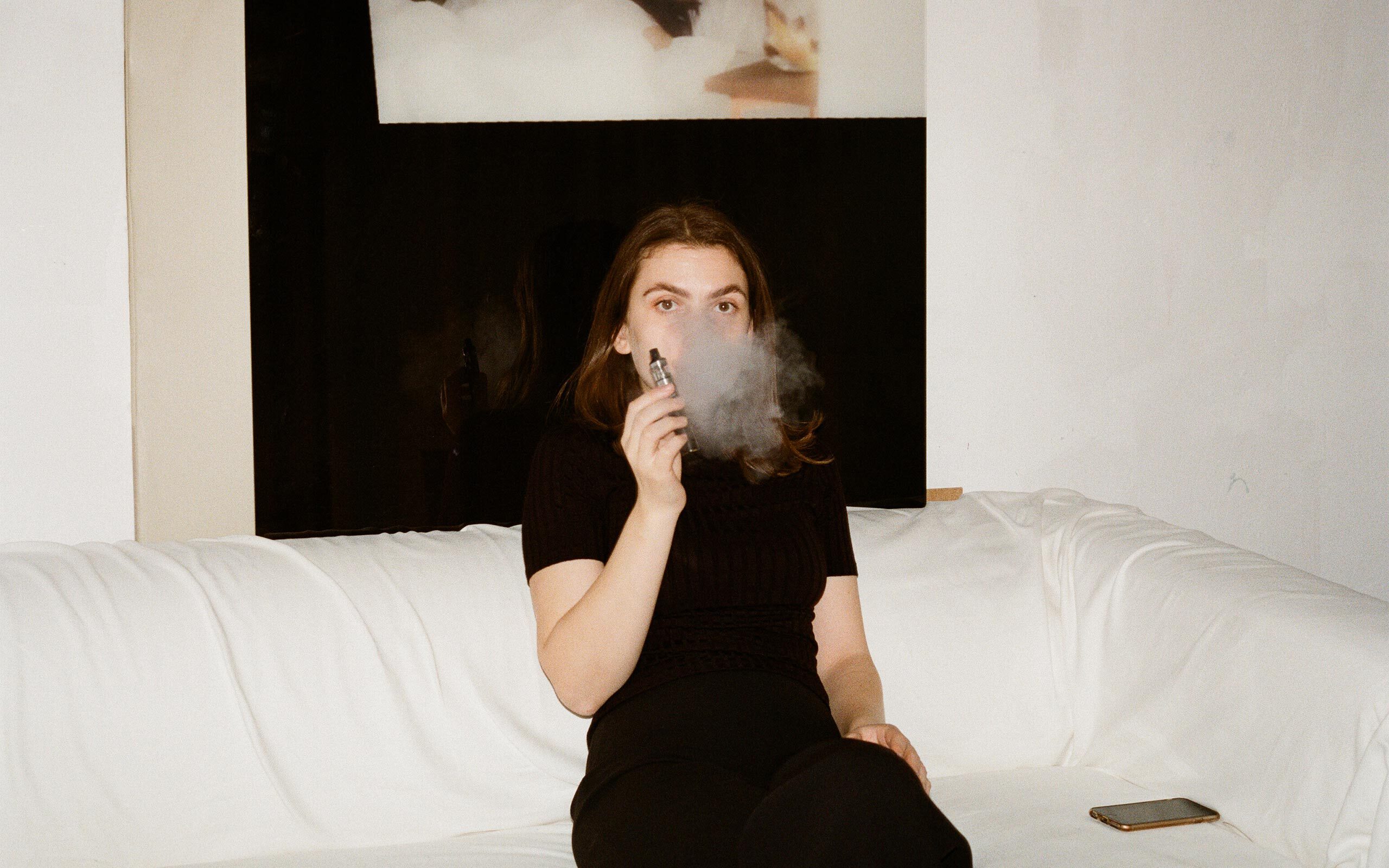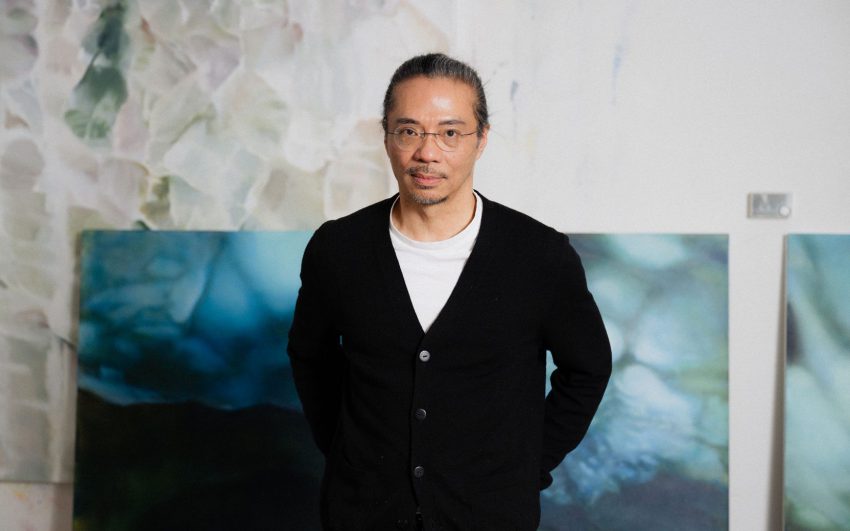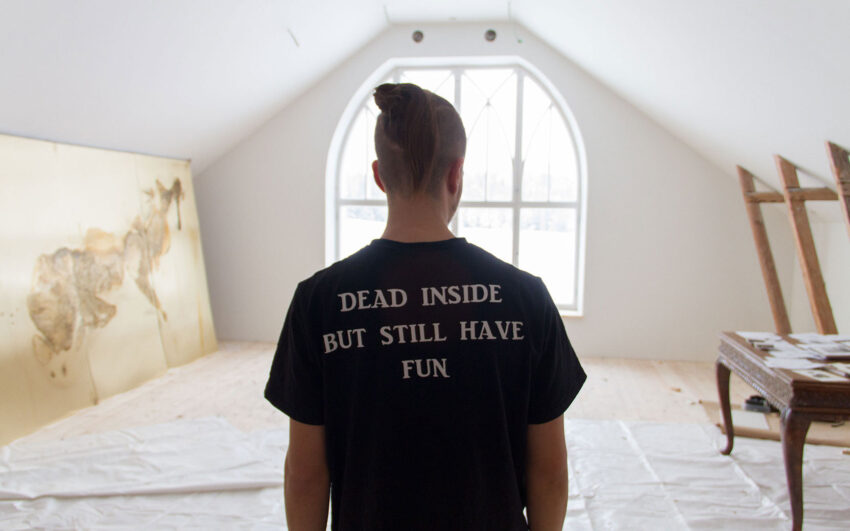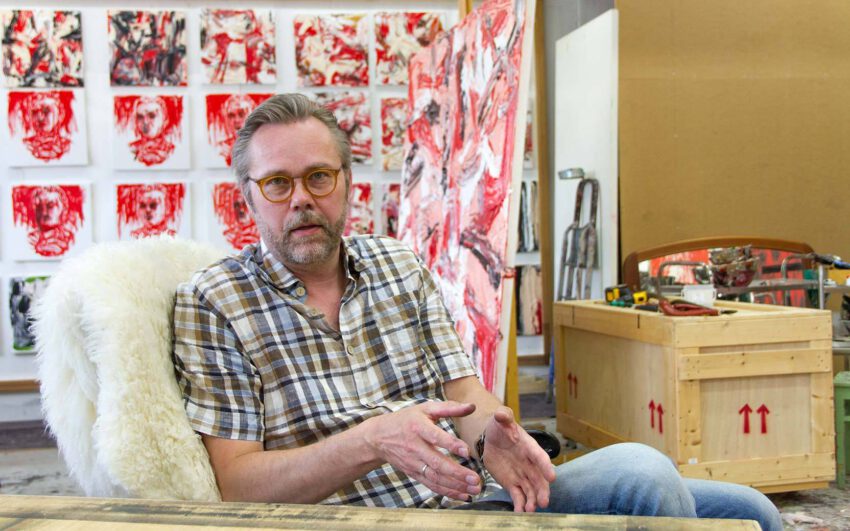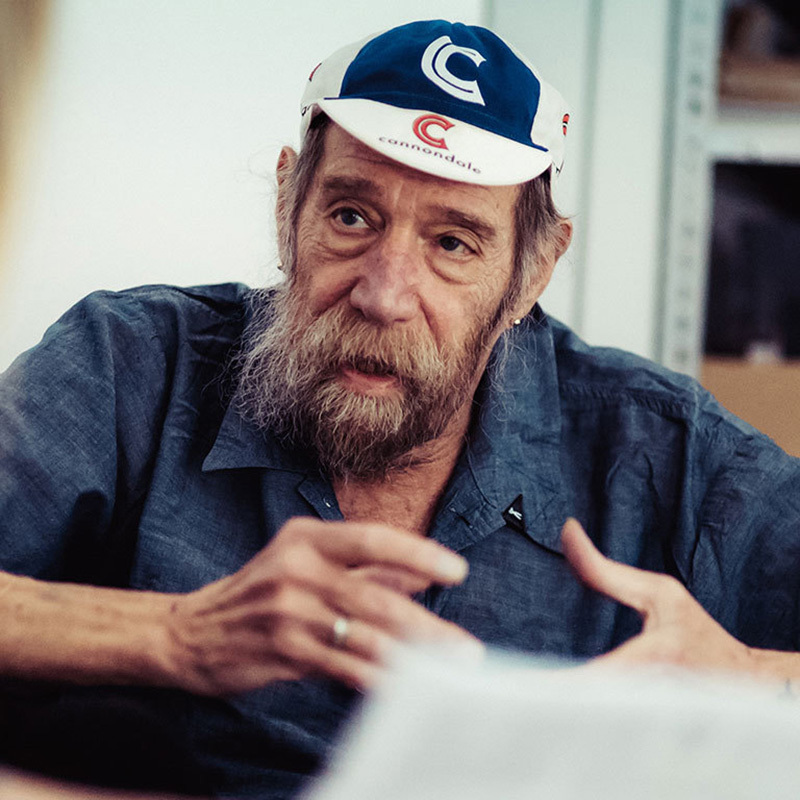Marina Sula deals with the everyday flood of images in our digitalized world. In her photographs and installations she subliminally illuminates the origin and development of common visual languages and their interaction with people. In doing so, the artist shows common codes in our everyday visual world and illustrates the tension between the individual's self-centeredness and the desire for acceptance.
Marina, how did you get into photography?
I’ve always been interested in the production of images. But in particular with photography there was an initial fascination with the fact that the medium can be used by everyone. With a camera, one can capture a moment, it’s something simple and easy to grasp. But with continuous production, distribution, and confrontation with images, my perception of them changed. On one hand, it was about capturing something “real” in the moment, like the recording in a picture, of signs and codes that I observe in everyday life. If I am fortunate, something is condensed into a psychological moment that reveals a more general structure. I find the interaction between the indexical and the fictive in a photograph very exciting.
You work not only with the medium of photography, but also with installation. Lately, furniture was included in your exhibitions.
Yes, for example, in my installation at viennacontemporary I created a specific setting: a couch, four chairs, a coffee table with magazines, paper tissues, and bottled water, a rack for magazines and newspapers, a clock, and my pictures mounted on the wall – for all practical purposes, a waiting room. The couch and the chairs were turned away from my pictures and formed a unity. This installation was especially designed for the fair, the context in which it was perceived was important. I also found it amusing to subvert the spirit of this institution with an ironic gesture. The question is, what social situations is this experiential space, constructed almost like a film set, able to evoke.
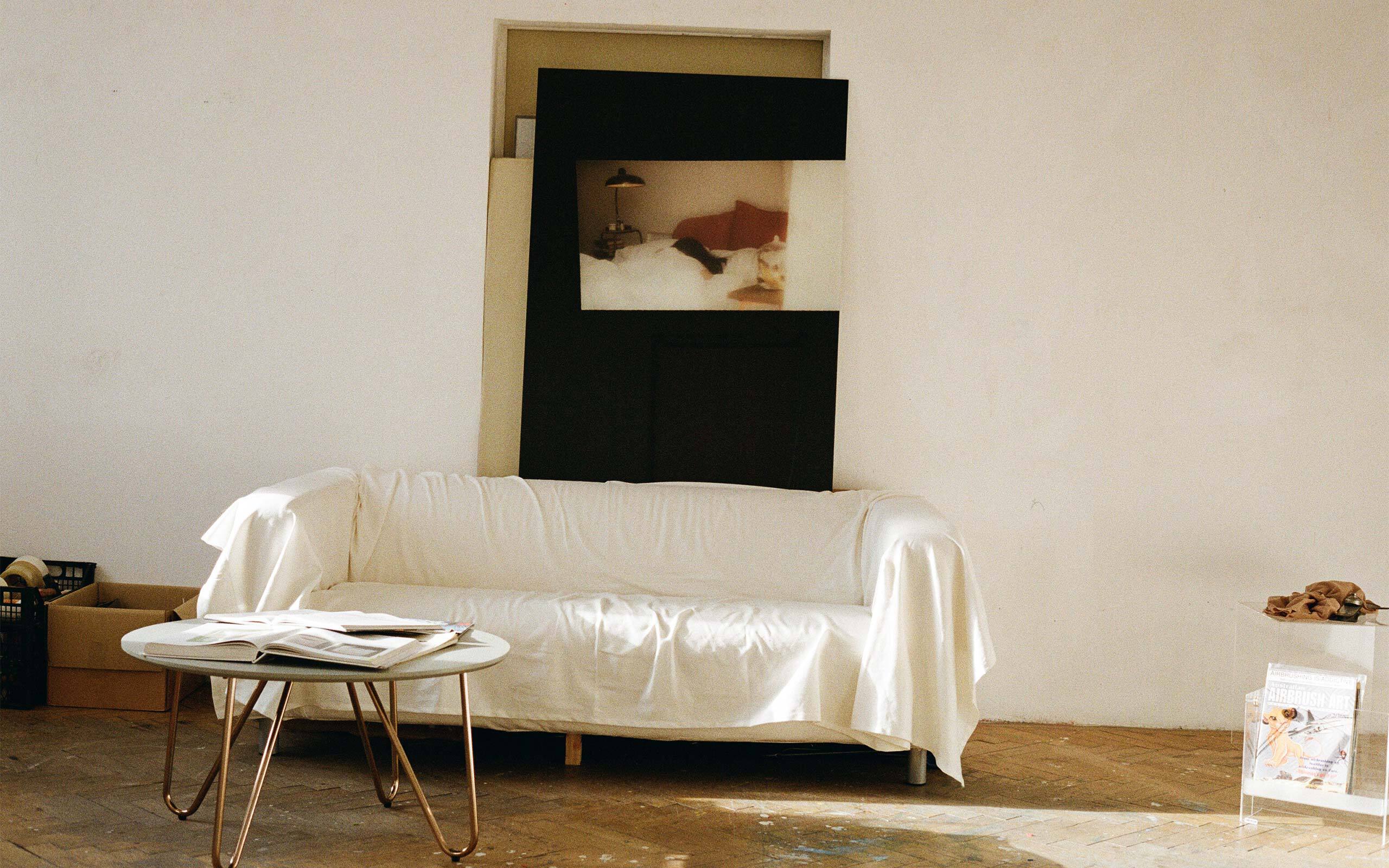
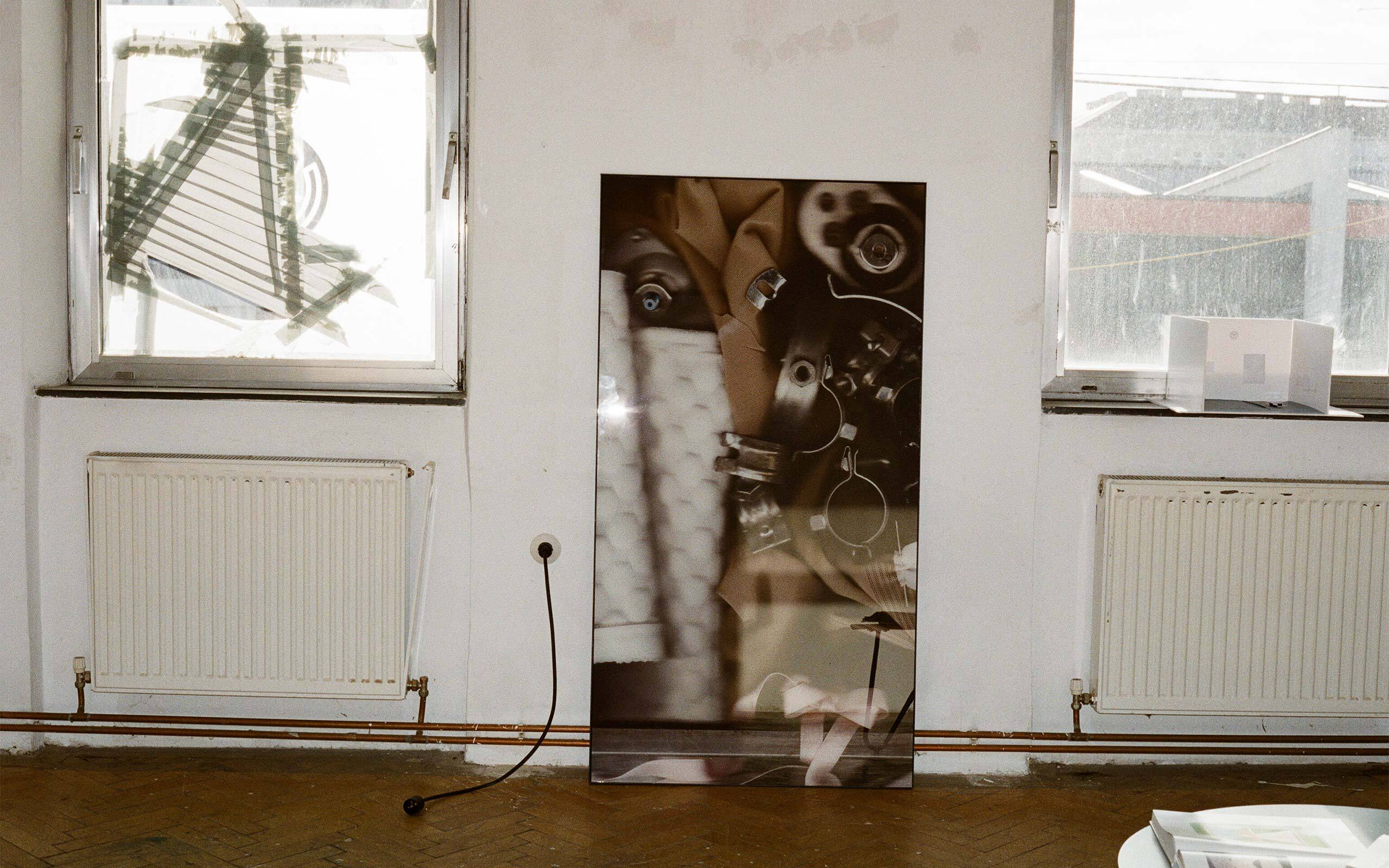
What role did the visitors play in your production?
The title of the installation is simple: Waiting. I wanted to use the title to refer to the original function of such a space, a function that has become obsolete in this case. Many visitors asked: What are you waiting for here? I liked this indeterminate state. On the one hand, it reminds me of something ordinary, because everyone knows waiting rooms from their own experience, and on the other hand, there was an uncertainty, because there was nothing to wait for, of course. This strange experience was further intensified by observing and by being observed.
The exhibition space as a waiting room ...
Yes … an indeterminate space of possibilities is created in which meanings can shift. … Photographs that provided insights into intimate situations and two drawings of Cinderella were mounted to the wall. One photo, for example, showed three cuddly toys lying side by side on a training mat on the floor. This photograph was taken during a physiotherapy session in which therapy for children is conducted with the help of cuddly toys. The room is reminiscent of a training room where a waiting room opens in the background through an open door.
Art in waiting rooms, has usually more of a function of wall decoration. What is the function of art in your eyes?
I might not use the word decoration. What interests me more are questions like: Where is art presented in a broader sense, and who has access to it? How does the context, the environment determine the way you look at certain pictures? And above all: What structure do these paintings follow? Where do they come from and what do they want?
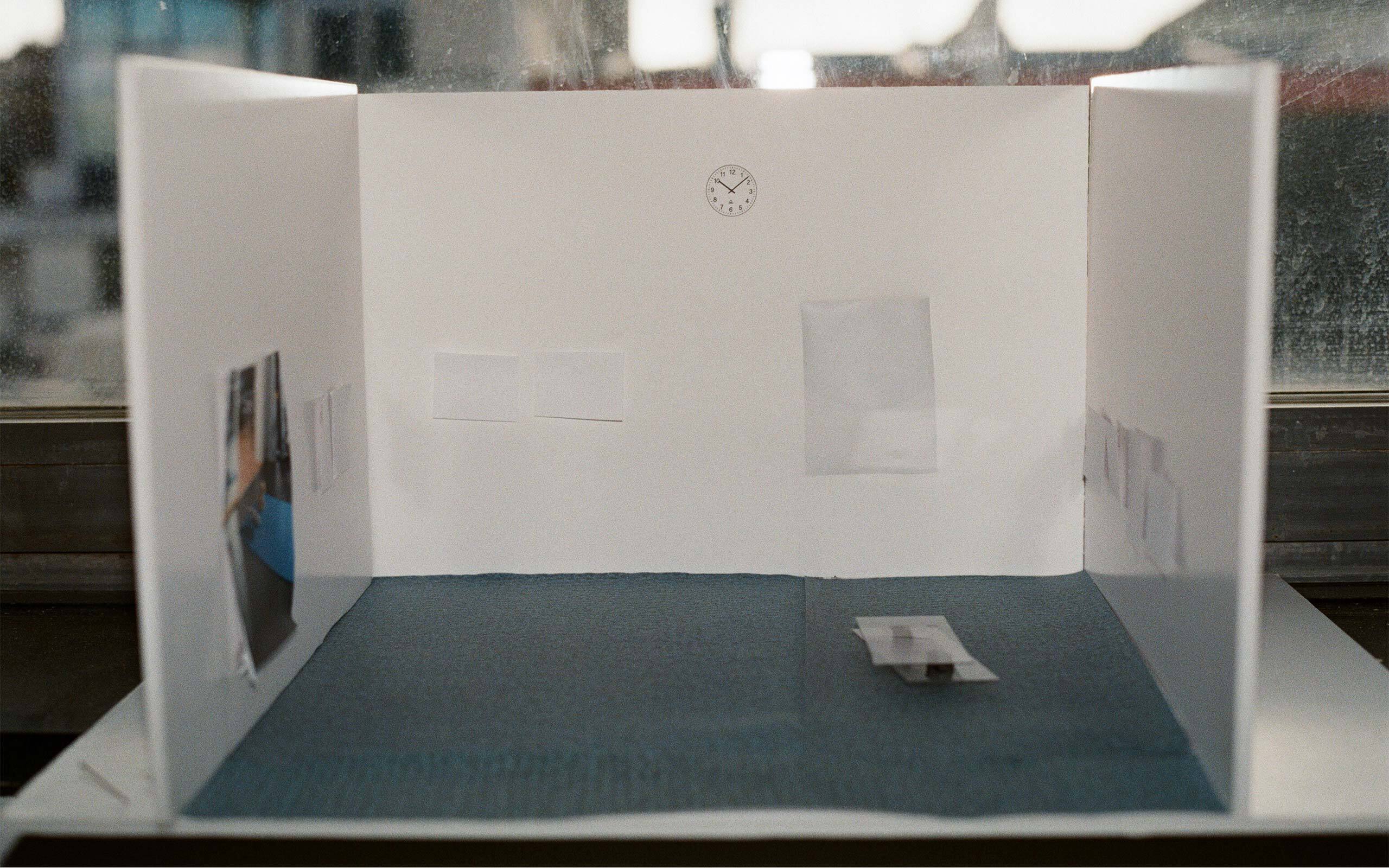
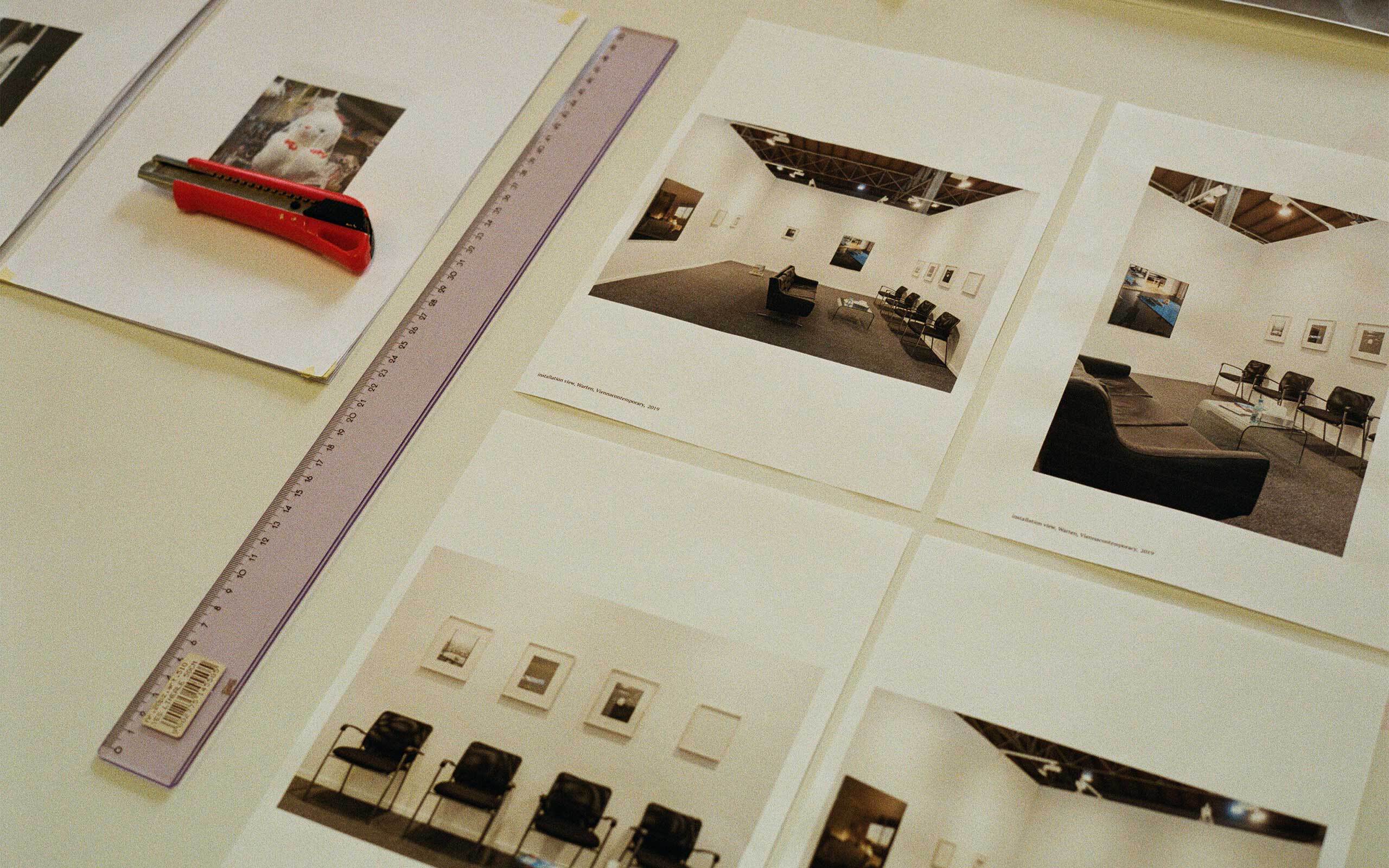
In the photographs that are part of your settings, do you fall back on existing works or do you produce them for specific occasions?
That varies from case to case, because my practice is more analytically oriented. I produce images every day and therefore have a large archive from which I can draw. In my last exhibition with Gabriele Senn in Vienna, for example, I partly used pictures from my archive, but also had to produce certain pictures specifically for the exhibition.
Do you feel the need to make order in the everyday flood of images?
I personally like order! (laughs) I try to find a certain logic for myself in which I can move. But I'm more interested in analyzing the structure behind it – in finding out why certain images are created the way they are.
In your artistic work you also deal with everyday rituals such as self-care and the daily interaction with digital devices. This creates the impression of a lonely subject that is very busy with itself. How do you see that?
I think the imperative of self-care is characteristic of a hyper-individual culture, in which it is always a matter of looking at one's own ego. The libidinous energy is not directed at others, but rather fizzles out in a self. This is somehow boring ... we want to be desired, not covet anything or anyone.
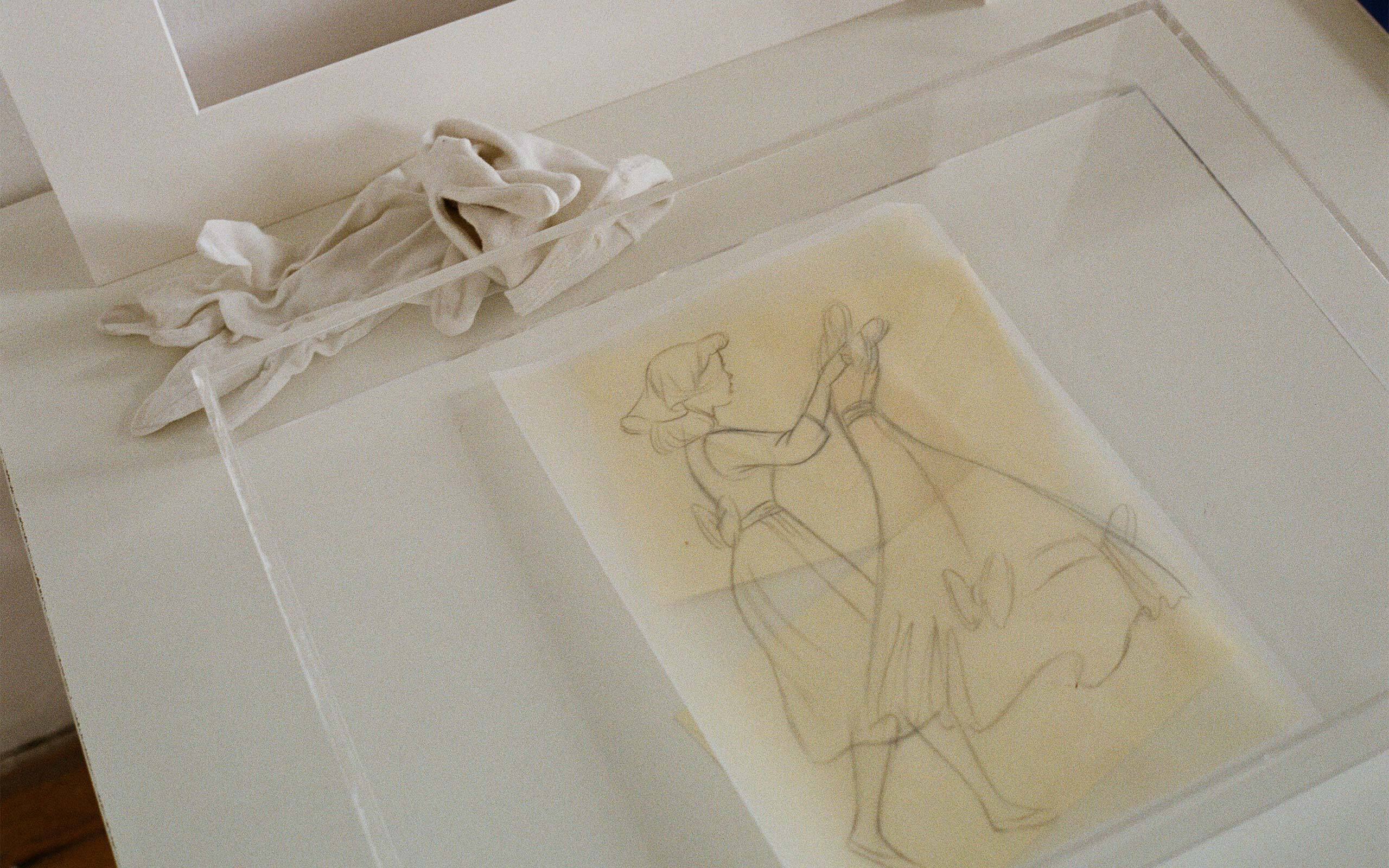
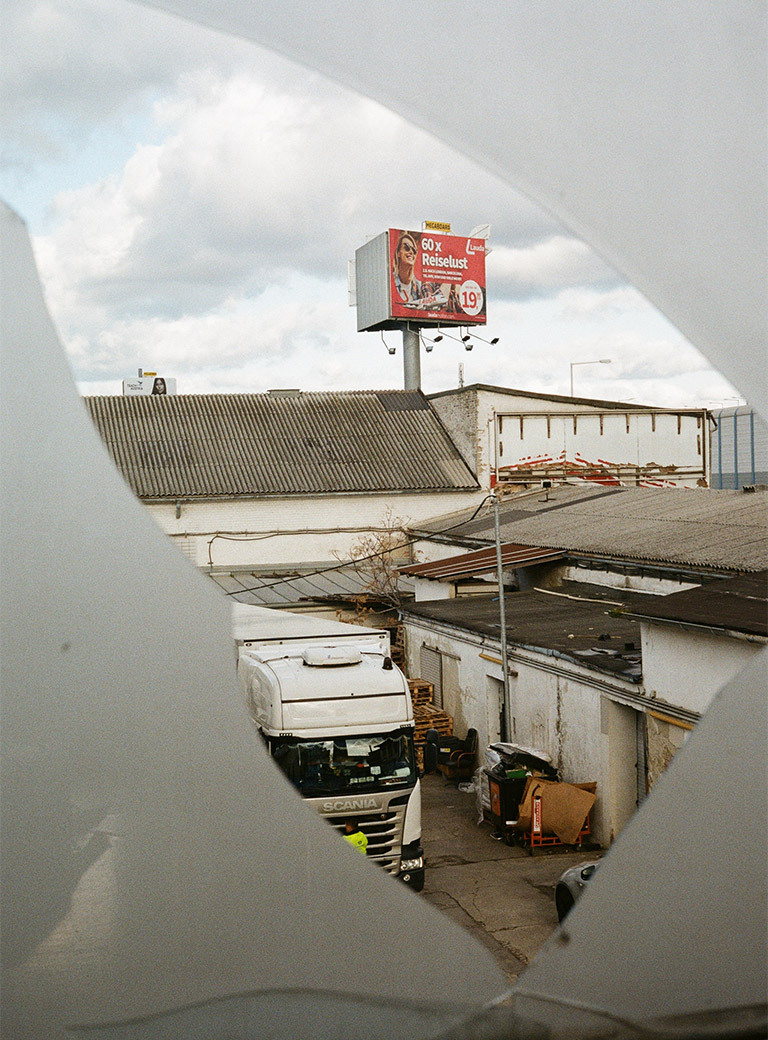
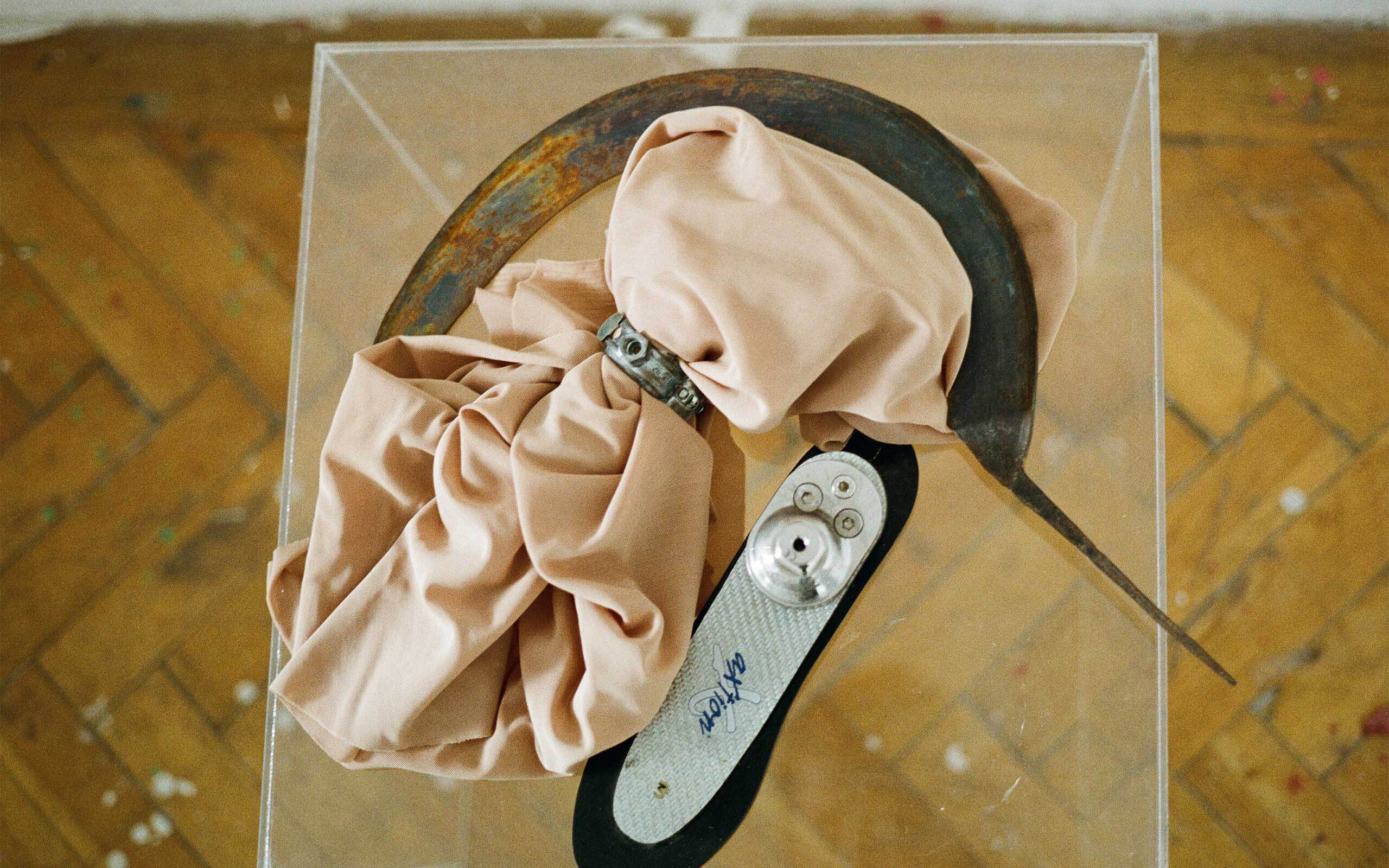
What is important to you about the work situation in your studio?
I like cleanliness, it is important to me that everything is empty and white. I work in an almost clinical and sterile atmosphere. I do not like dirt, I need white neutral walls.
The general idea of being an artist is quite clichéd and is positioned between two very opposite poles in life either as a member of the precariat, or as a celebrated ascending star. Marina, you are at the beginning of your career. What do you think about life as an artist?
If I'm honest, I'm constantly torn. Sometimes I think it's already a very precarious way of life, on the other hand it feels like a great privilege.
Do you have the feeling that existential worries hinder you in the creative process?
Existential worries obstruct one’s entire life. If you can't pay the rent, art production becomes secondary for the first time, or perhaps the creative process arises from another form of desire.
What are you working on just now?
Having just had two solo exhibitions, I would like to withdraw a little, do some research and work on a new group of works.
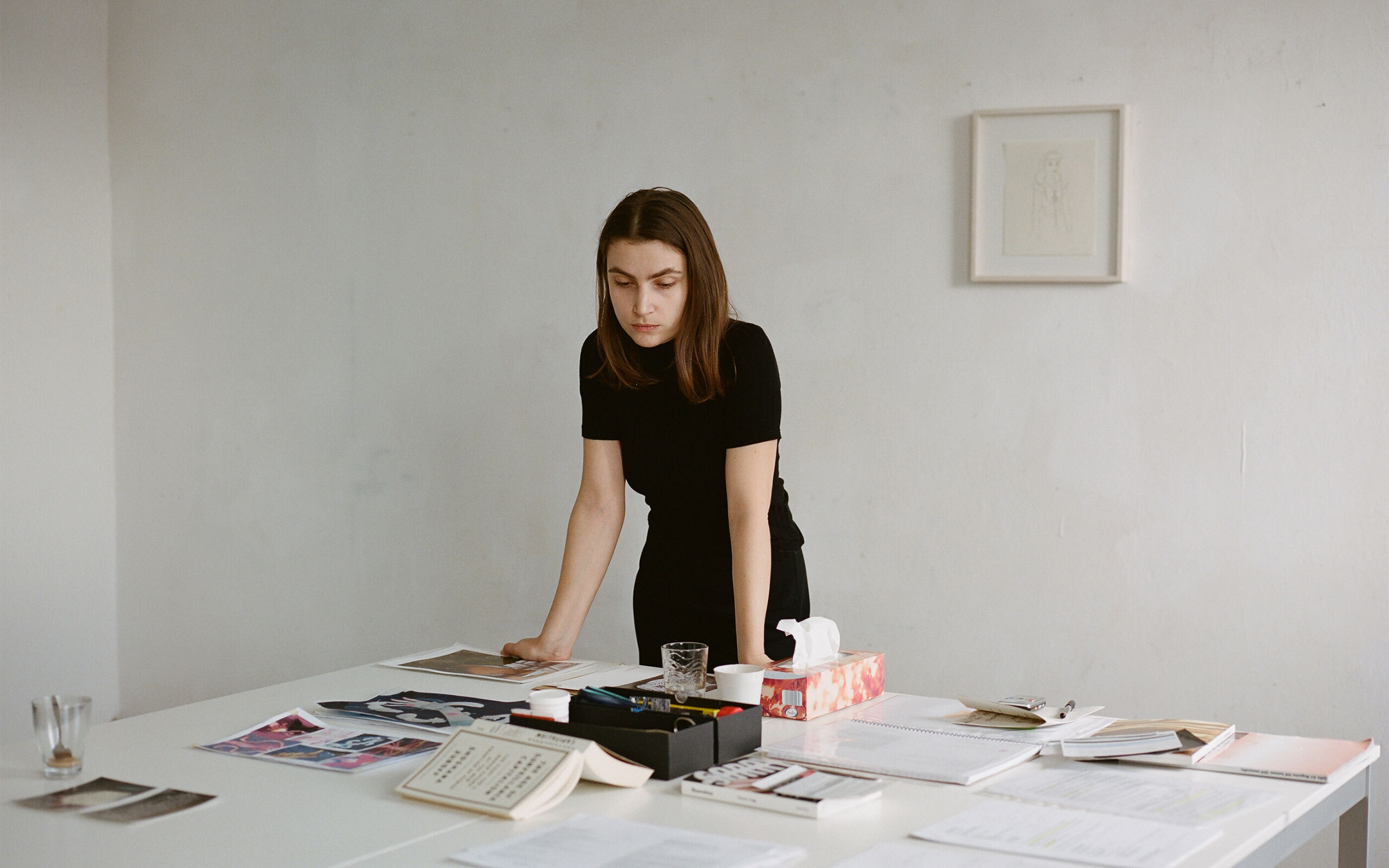
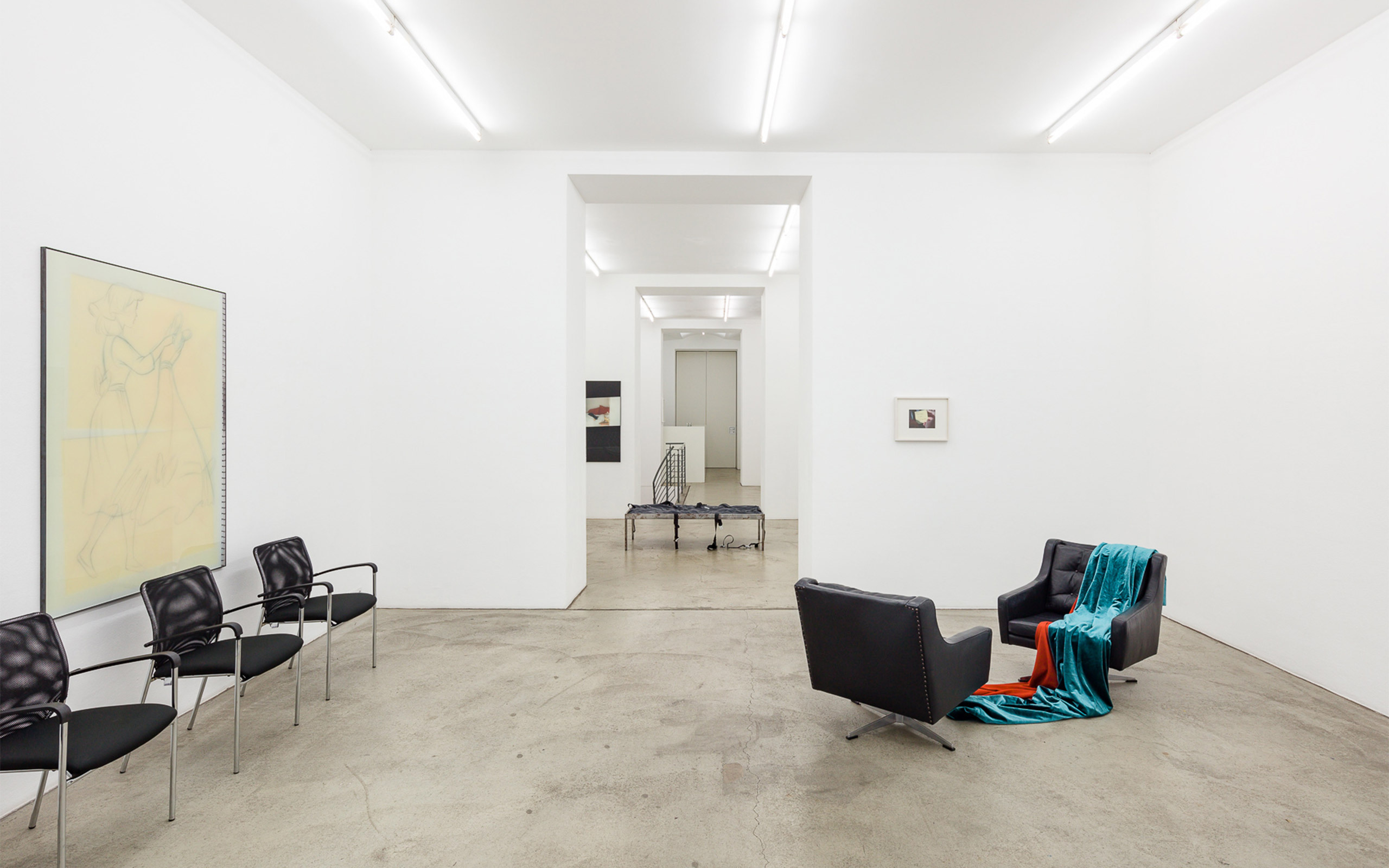
Installation view: I'm sorry, I can't, don't hate me, Gabriele Senn gallery, Vienna, 2019
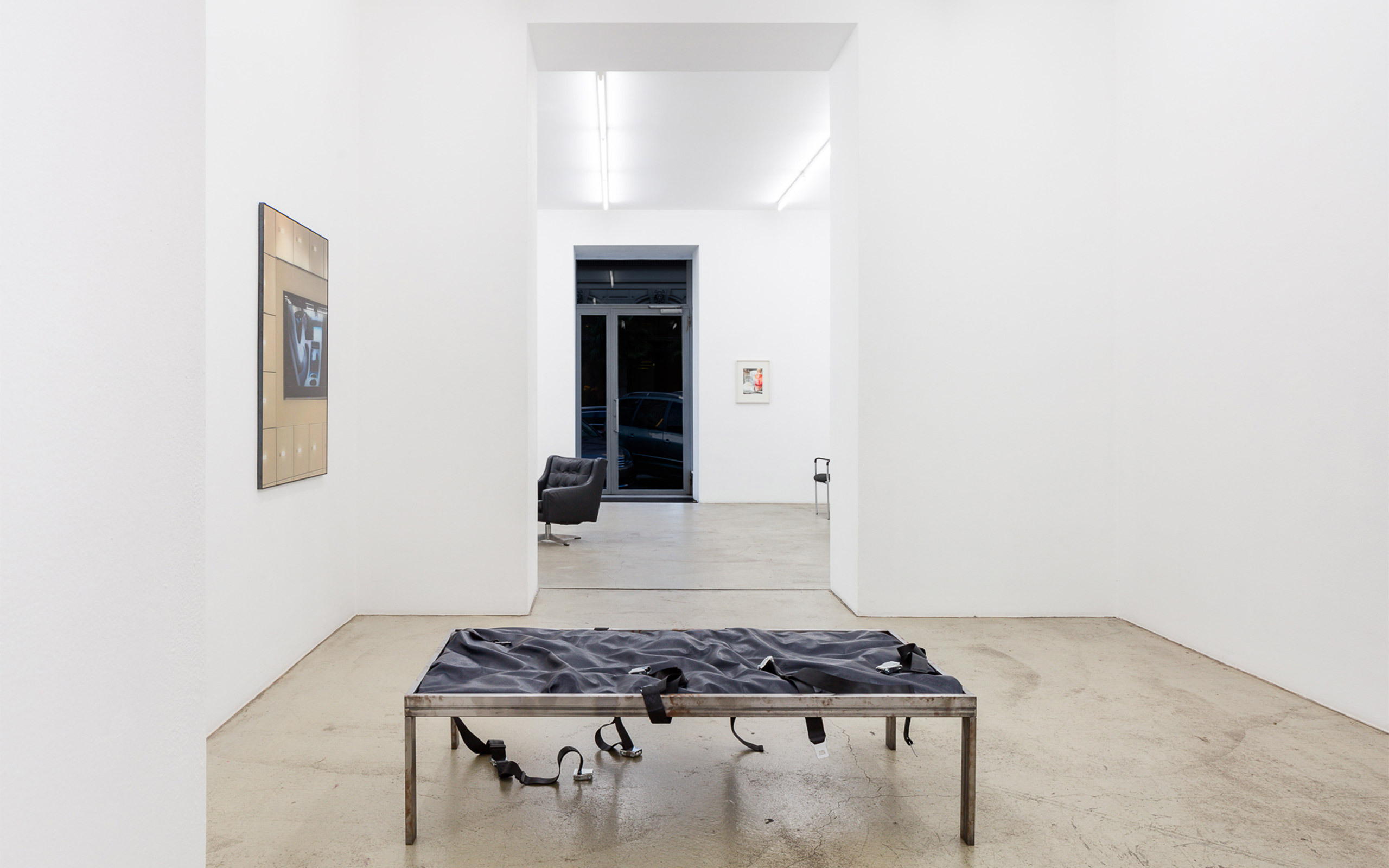
Installation view: I'm sorry, I can't, don't hate me, Gabriele Senn gallery, Vienna, 2019
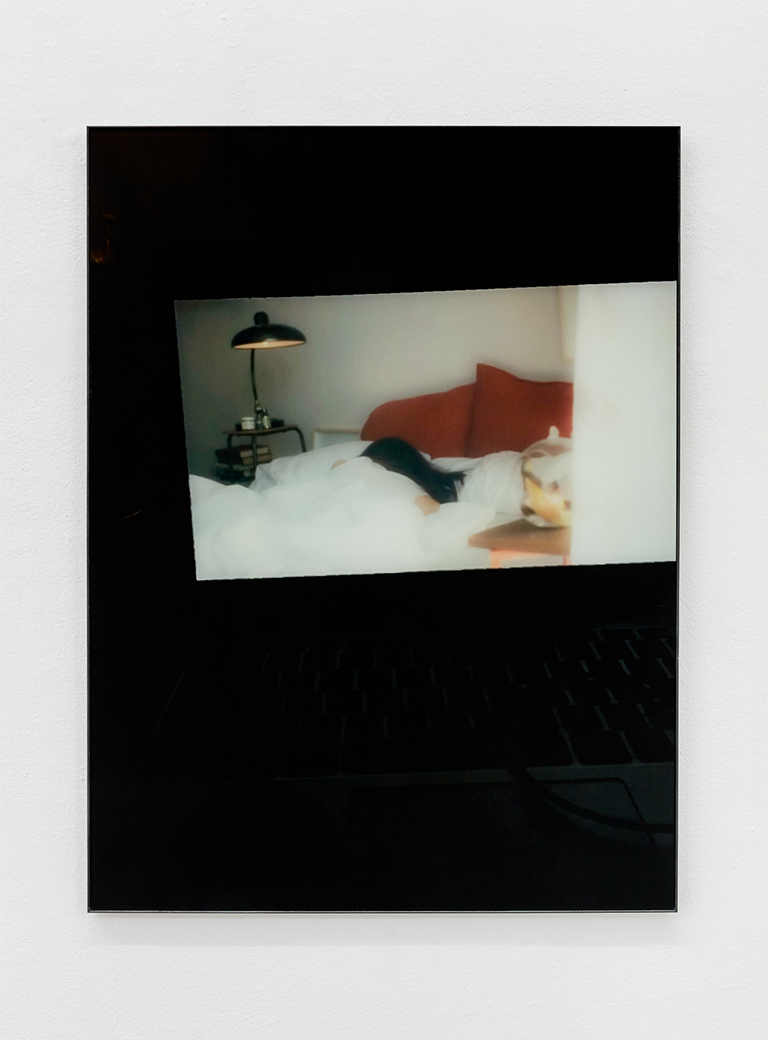
free girl camp, 2019, UV-print behind Plexiglas
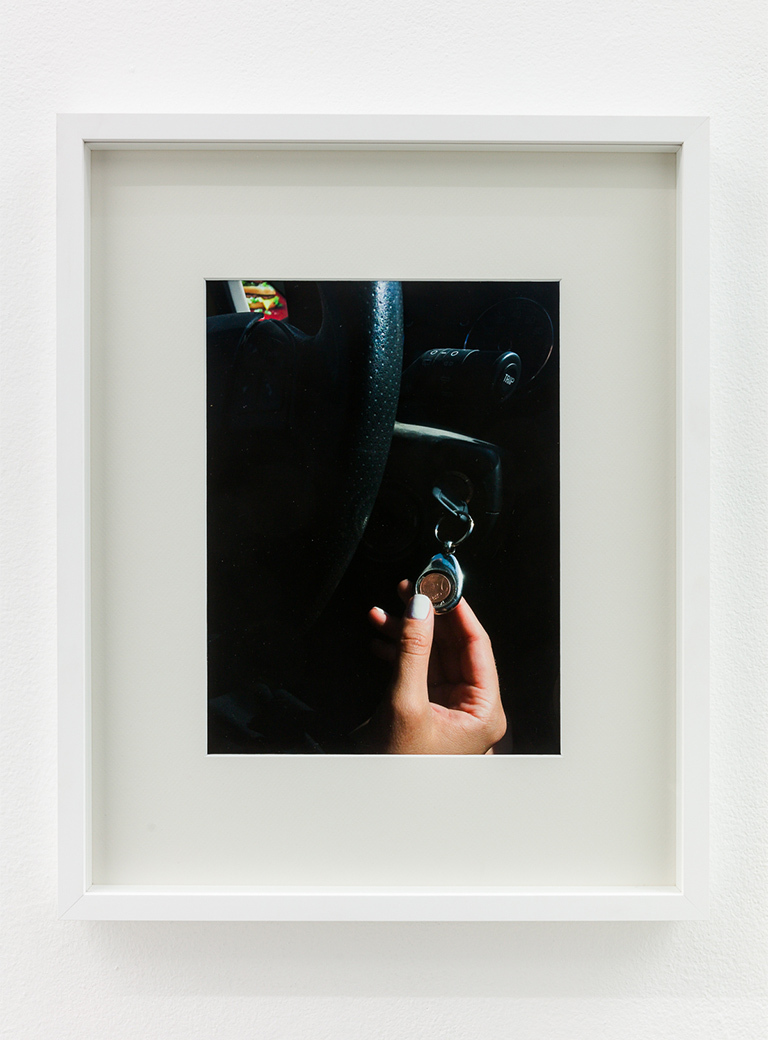
Big Mac, 2019, Inkjet print on baryta paper
Interview: Barbara Libert
Photos: Christoph Liebentritt


